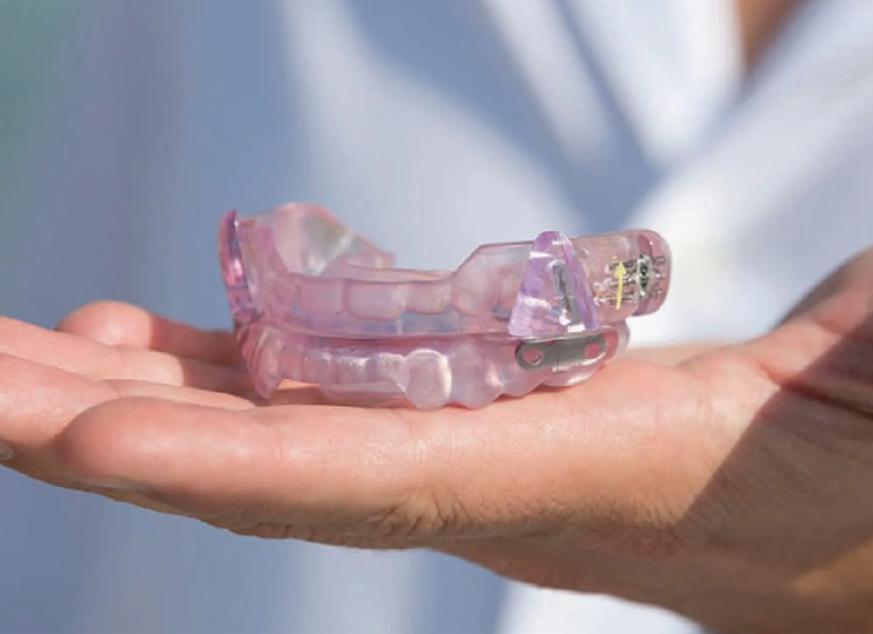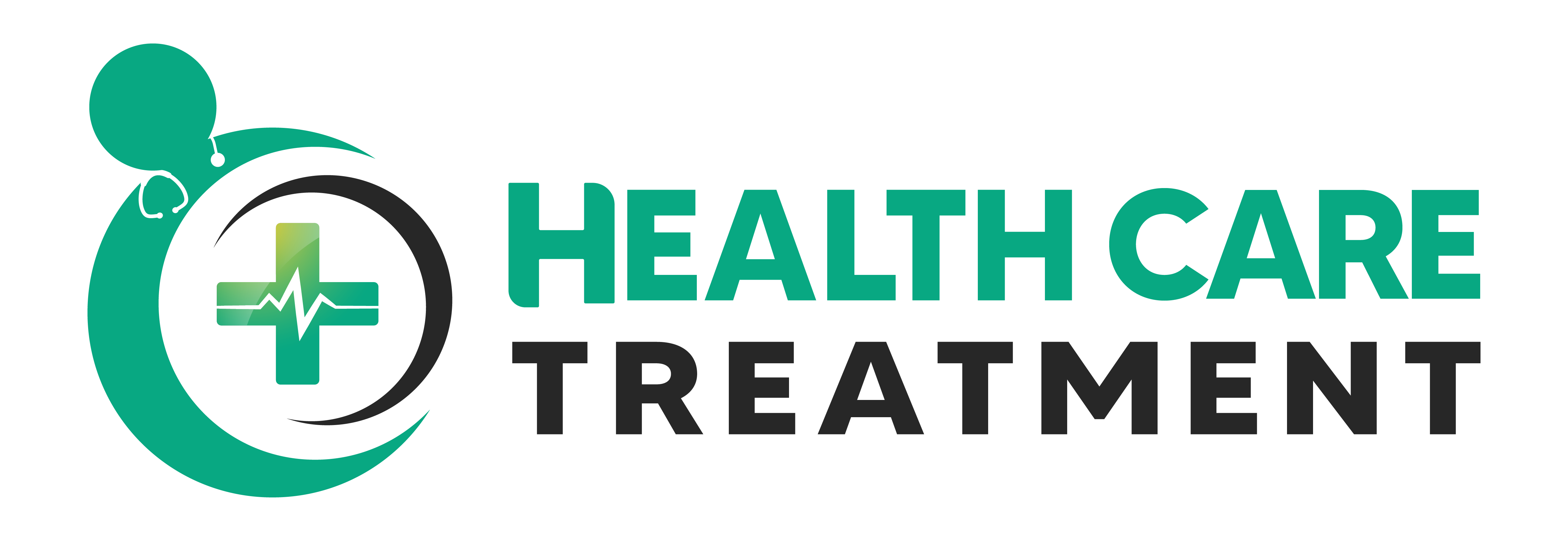21 Oct, 2024 | Olive Nguyen | No Comments
Say Goodbye to Snoring: Exploring Dental Appliance for Sleep Apnea

Sleep is a balm that soothes and restores us after the toils of the day. Yet, for those with sleep apnea, it’s a source of struggle. Interrupted by frequent pauses in breathing, their rest is neither quiet nor peaceful. Fortunately, advancements in medical science have introduced innovative remedies, one of the most effective being the dental appliance for sleep apnea.
Why Consider a Dental Appliance?
Obstructive sleep apnea (OSA) is the most common form of sleep apnea, characterised by blockages in the airway during sleep. This can lead to loud snoring, disrupted sleep, and significant health risks. While CPAP machines are often prescribed, they can be cumbersome and uncomfortable for some, making it a less attractive long-term solution. Dental appliances offer an accessible and patient-friendly alternative, with designs tailored to prevent airway obstruction and improve the quality of sleep.
The Mechanism Behind Dental Appliances for Sleep Apnea
Dental appliances, also known as mandibular advancement devices (MADs), work by maintaining the position of the jaw in a slightly forward and open posture. This small adjustment can make a significant impact, effectively keeping the airway open and allowing for uninterrupted breathing. They’re custom-fitted by dental specialists trained in sleep disorders, ensuring both comfort and efficacy.
Types of Dental Appliances
Each individual’s anatomy and needs vary, and so do the designs of dental appliances. There are two primary types: the mandibular advancement device (MAD) and the tongue-retaining device (TRD). MADs are the most widely used and resemble mouthguards used in sports. They gently coax the lower jaw forward, keeping the airway open. TRDs hold the tongue in place, preventing it from sliding back and obstructing the airway.
When selecting a dental appliance, it’s essential to consult with a dental professional with expertise in sleep disorders. They can guide you in choosing an appliance that aligns with the specifics of your condition, lifestyle, and comfort preferences.
Considerations and Care
Fitting a dental appliance requires several visits to ensure an accurate fit. Once in use, regular follow-up appointments will monitor the appliance’s effectiveness and make necessary adjustments. Proper maintenance of the appliance is also crucial. Regular cleaning, as per the dentist’s instructions, will help maintain its condition and hygiene.
While these appliances are highly effective for many, they may not suit everyone. People with certain dental conditions, such as weak teeth, limited jaw movement, or advanced periodontal disease, may need to consider alternative treatments.
Conclusion
Embracing a dental appliance for sleep apnea could be the key to unlocking the serenity of a good night’s sleep. These bespoke devices offer a personalised, less intrusive solution to a condition that affects numerous lives. Tailored to fit your mouth, they address the specific mechanics of your sleep apnea, providing you with a practical and efficient way to leave snoring behind.
Deciding to explore dental appliance options could be your first step toward more tranquil nights and energetic days. Should you be contending with the symptoms of sleep apnea, consulting with a dental specialist could pave the way to not only more restful sleep but also improved overall health.
